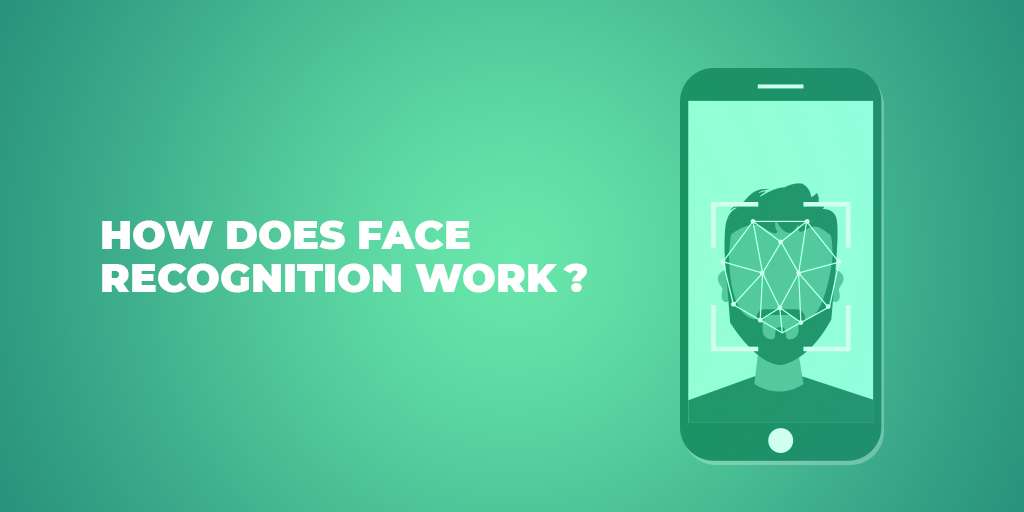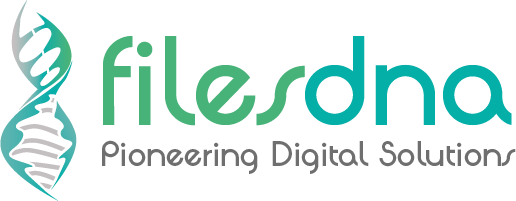As the world is moving towards the digital era, cyber-attacks and fraud calls have increased day by day. While the biggest reason for numerous cyber threats is uncontrolled access over online user accounts. So, the only solution to this problem is authorized access using liveness detection and facial recognition. In places where customer verification is important, stronger customer authentication (SCA) is required because of anti-spoofing measures.
Facial recognition and liveness detection from FilesDNA can be the leading technologies to cope with digital frauds when it comes to unsupervised authentication solutions. In addition, FilesDNA’s advanced biometric authentication solutions have the ability to fight against sophisticated spoofing attempts from fraudsters that attempt to get unauthorized access to your important documents.
FilesDNA offers a 3D liveness detection feature that helps in determining the remote presence of the user at the time of verification.
However, facial recognition is commended most worldwide among all online user authentication techniques. As a result, many industries today have implemented FilesDNA’s liveness detection and facial recognition technique to verify the identity of customers in a convenient manner.
Facial recognition has the potential to expose the fraudster through its powerful algorithms. FilesDNA’s facial recognition comes with a live detection feature in biometric face verification that can detect if the person is live and can even mitigate against 3D face masks, high-resolution photos, and video replay attacks.
Breakdown on Face Recognition and Liveness Detection
Face recognition is generally a type of security technology that uses the feature that everyone has; a face. Nowadays, face recognition systems are used at many places as a replacement for passwords, IDs, and other types of personal identification.
Apart from that, this technology has seen great advancements. For example, today’s system can detect micro-expression on a person’s face. Further, there has also been great progress on ensuring accurate identification in differing lighting settings and with a variety of complexions.
Then there is this liveness detection which comes as a handy security feature that can help to make sure that biological identifiers are from the specified user. It is the ability of that automated system to detect whether it is interacting with a physical human or an inanimate spoof image or a video.
Liveness detection looks for the lip or eye movement, prompted motion, texture and reflection detection on video, and 3D depth analysis.
Two types of liveness detection
1. Passive liveness detection
The passive liveness detection uses encoded algorithms that don’t require anything from the user as they detect spoofs.
2. Active liveness detection
Active liveness detection uses techniques where the user is asked to perform specific actions like blinking or facial movement. This makes it challenging and time-consuming for fake users to crack into the system.
Although liveness detection methods can take a bit of time to identify users, they come with increased safety measures that make them worth it.
Future of liveness detection
Biometrics has come a long way and has become much more advanced in liveness detection. In addition, advanced technologies are being developed to test to make sure that liveness detection becomes highly secure and efficient in order to avoid frustrating users.
Anti-spoofing and liveness detection methods need to be improved to boost public opinion about different biometric security methods. That is why implementing accessible and accurate liveness detection will offer the speed and exceed the security and accuracy of traditional biometric identification methods.
How does face recognition work?
The process of comparing the data received by the cameras to the database of known faces and finding the exact match is called face identification and recognition.

Key features
Biometric authentication systems have gained a lot of popularity in recent years, and it has even improved because of the rising challenges and demand in the market.
Here are some key features of the FilesDNA’s face recognition and live detection system:
- AI or artificial intelligence plays an important role in improving biometric security.
- It also comes with anti-spoofing methods that have the ability to detect suspicious elements when the user uploads a picture.
- Uses a 3D mapping technique to measure the captured image.
- It can also perform microexpression analysis that can detect minor facial movements of the user.
- While the liveness detection detects the physical presence of the user at the verification.
Benefits of live detection and face recognition
Face recognition of FilesDNA comes with liveness detection for the security demands of the digital signature. This helps in minimizing the risks from fraudsters by detecting the suspicious elements in the user-uploaded picture.
- Liveness detection is used for that extra layer of security during the onboarding process and to reduce the risk of fraud.
- This makes the facial recognition feature 100% resistant to scammers, ensuring customers’ online account protection from controlled access.
- Provides an optimal user experience through its easy and quick authentication mechanism as compared to other methods.
- It also has the ability to identify wrong signature patterns through artificial intelligence and machine learning.
- Can also detect 3D mask attacks, screenshot pictures, distorted pictures, and eye cut photos through liveness detection to reject the account access and reduce the risk of fraud.
How do FilesDNA-Facial Recognition and Liveness Detection work?
FilesDNA’s electronic signature uses machine learning, and artificial intelligence integrated facial recognition and liveness detection features. As a result, scammers and fraudsters can copy your signature. However, it can be reduced by integrating facial recognition technology that verifies the face of the person. During the verification process, the facial recognition features go through a long list to ensure that no fake identity and its attempt get successful.
Why should you rely on FilesDNA’s liveness detection and facial recognition?
FileDNA’s facial recognition and liveness detection system can detect if the person is live and can mitigate against 3D face masks, high-resolution photos, and video replay attacks while signing important documents.
Apart from liveness detection and facial recognition technology, FilesDNA also uses blockchain integration, AI/ML technologies, and other biometric systems for added security. Moreover, it also comes with its own Smart Signature Pad, which gives you the feeling of signing a document with a pen on paper. That is the reason FilesDNA is considered the best all over the world.
Moreover, FilesDNA lets you edit, sign, share, and store all your important documents securely. With FilesDNA, you can also share your important documents with multiple people.
Apart from that, FilesDNA also lets you add a signature from your device along with initials and date. So in order to add a signature to your documents, you just need to add the document in the software, select your signature, and drag and drop it to the document. That’s it!
FilesDNA’s features include:
- Blockchain integrity
- AI/ML technology
- Smart Signature Pad
- Web and mobile app
- NFC reader
- OCR with multiple languages
- QR and BARcode reader
- E-archive system and
- Document management and e-signature solution




